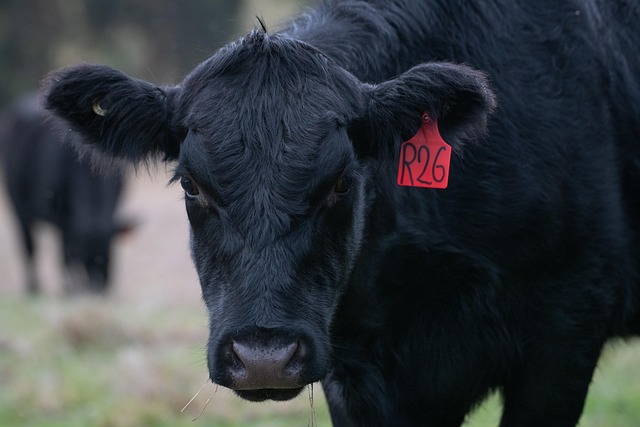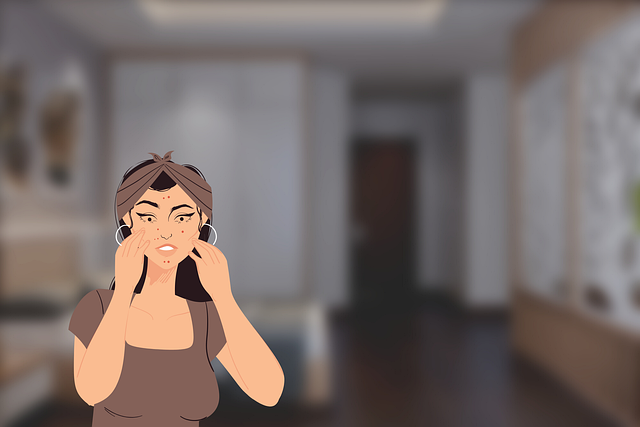Skin tags, or acrochordons, are common benign growths caused by friction, irritation, aging, hormones, or genetics. Removal options include at-home treatments (risky) and professional Liverpool Tag Removal services (safer and more effective). Post-removal care involves cleaning, avoiding touch, using antibacterial ointments, protecting from sun and heat, moisturizing gently, and monitoring for infections.
Looking to remove skin tags in Liverpool? Understanding safe practices is crucial. This guide breaks down the best methods for removing these benign growths at home or through professional care. We explore various causes, types, and effective removal techniques, from natural remedies to clinical procedures. Additionally, learn essential post-removal care tips for optimal healing. By following these guidelines, you can make informed decisions for safe and successful Liverpool tag removal.
- Understanding Skin Tags: Causes and Types
- Safe Removal Methods: At-Home vs Professional
- Post-Removal Care: Healing and Prevention Tips
Understanding Skin Tags: Causes and Types

Skin tags, also known as acrochordons, are small, soft, harmless growths that typically appear on the neck, armpits, or groin area. They are a common skin condition affecting people of all ages and backgrounds, with some individuals being more prone to them than others. Understanding their causes is essential when considering safe removal methods, such as those offered by Liverpool Tag Removal experts.
There are several types of skin tags, with the most common being cutaneous tags, which form due to friction or irritation of the skin. They can also develop as a result of aging, hormonal changes, or certain genetic factors. Regardless of their type, it’s crucial to approach removal carefully to prevent complications and ensure effective results.
Safe Removal Methods: At-Home vs Professional

When it comes to removing skin tags, there are two main approaches: at-home treatments and professional services in Liverpool tag removal clinics. At-home methods offer convenience and cost savings, but they may not be as effective or safe for everyone. Common DIY techniques include using salicylic acid, duct tape, or over-the-counter creams, which can be applied directly to the tag. However, these methods carry risks of irritation, infection, and scarring if not used properly.
Professional Liverpool tag removal services provide a more reliable and safer option. Trained dermatologists or cosmetic specialists employ various techniques such as freezing with liquid nitrogen (cryosurgery), cutting them off with a scalpel, or using laser treatments. These methods are typically quicker, more precise, and reduce the risk of complications. While professional removal may incur higher costs, it ensures that the process is carried out by experts who can address any concerns and deliver optimal results.
Post-Removal Care: Healing and Prevention Tips

After successfully removing skin tags through a professional Liverpool tag removal service, proper post-care is essential for optimal healing and to prevent future growths. The first step in post-removal care is keeping the treated area clean and dry. Avoid touching or scratching the site, as this can introduce bacteria and delay healing. Gently wash the area with mild soap and water, pat it dry, and consider using an antibacterial ointment or cream recommended by your specialist to keep the skin healthy and reduce the risk of infection.
Additionally, it’s crucial to protect the treated area from direct sunlight and excessive heat. Sun exposure can cause irritation and increase sensitivity, so always wear protective clothing when outdoors. Moisturizing is another critical aspect of post-care, helping to soothe and heal the skin. Choose a gentle, fragrance-free moisturizer suitable for sensitive skin to maintain hydration without causing further discomfort. Regular monitoring is also vital; check the treated area for any signs of infection or unusual changes, ensuring early intervention if needed.
When it comes to Liverpool tag removal, understanding safe practices is key. By familiarizing yourself with different skin tag types and their causes, you can make informed decisions between at-home treatments or professional removal. Regardless of your chosen method, proper post-removal care ensures healing and helps prevent future tags. Follow these best practices for a safe and effective Liverpool tag removal experience.
